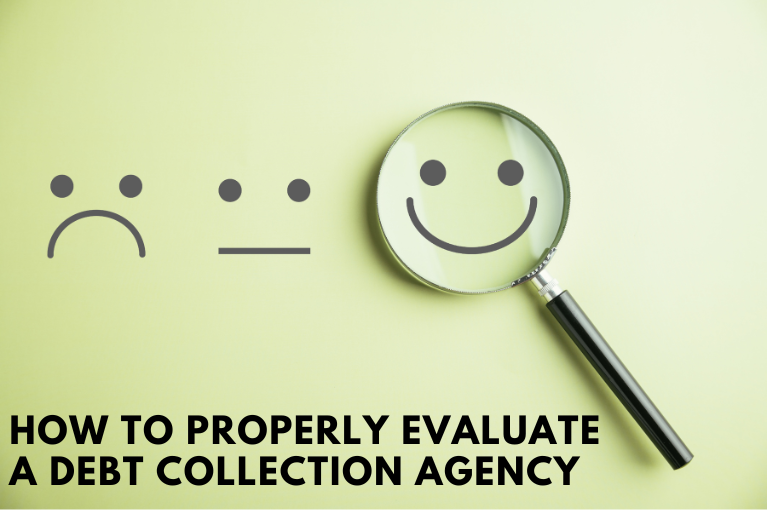One of the easiest ways to reduce the number of your credit accounts that fall into collections is to make sure that you are doing everything in your power to maximize your accounts receivable conversion rate. This can include everything from analyzing your billing statements to what forms of payment you accept.
While it might seem frustrating to bother with details regarding your basic billing operations, keep in mind that every account you save from going to collections is also going to save you the obligation of paying a debt recovery attorney to file claims against those customers on your behalf.
If your business struggles with a large number of delinquent accounts, receiving payments faster and having fewer clients fall into collections due to simple misunderstandings could have a tremendous impact on your bottom line. Even saving one account per year can be a major shift for the average small business.
Here are some basic concepts to review with your accounts receivable department in order to improve their conversion rates:
Clearly State the Facts
Make sure that your statements are easy to understand. Customers should be able to quickly glance at them and instantly identify their outstanding balance, previous payments, minimum amount due, due date, and the date a payment will be considered late.
Many accounting packages produce statements that can confuse customers in the way that they display running balances and how previous payments affect those balances. If your customer has to think twice about whether your bill is accurate, there is a chance that they might put it at the bottom of the pile rather than making a payment right away.
Always Proof Your Statements
Just as you never want a customer to question a statement because it is confusing, you also never want a customer to receive a statement that is not correct. Once again, this makes it easy to file the questionable statement at the back of the pile of bills, rather than the front.
In order to prevent this, you should have a system to ensure that every statement that goes out to customers is double checked.
Bill Regularly
Another thing that can keep customers from paying you quickly is if you catch them off guard with the statement. This can be avoided by making sure that you bill regularly at the same time each month.
Waiting for a few months and then dropping a large bill on a customer is a surefire way to find yourself at the back of their list of priorities.
Make Your Relationship Personal
While billing sporadically will find you at the back end of a customer’s priorities, having a personal relationship with them is a good way to make sure you stay at the top of their list or priorities.
Make it a point to regularly interact with your customers. Remember their spouse’s name and the names of their children. Ask about their families and how they are doing.
Make Payments Easy
Another simple way to encourage quick payments is to make those payments as easy as possible. You should be able to accept multiple forms of payment including credit cards and online transfers.
If you are emailing your invoices, include a link that customers can click to make an online payment instantly.
Cut Loose Your Trouble Customers
If you have customers that are habitually late in making their payments, you should take proactive steps to limit or even stop their available credit. Late paying customers are nothing more than debt collector fees waiting to happen, so stop them before you give them enough rope to hang themselves.
Running a small business is very difficult, and it gets even tougher when you have to extend credit to your customers. However, using some of these simple strategies you should be able to get your customers in the habit of making more regular payments even faster than ever. This should go a long way towards reducing your exposure to delinquent accounts and the debt collection costs that go along with them.






